This step-by-step guide is designed to help you confidently adjust the weight mechanism in your adjustable dumbbells, allowing you to tailor your workouts to your personal fitness journey. With clear, empathetic instructions, you’ll learn how to easily change the weights to suit your strength level, ensuring that each session is both effective and safe. By mastering this skill, you can focus on achieving your fitness goals while enjoying the process, knowing you’re using your equipment correctly. Whether you’re a beginner or a seasoned lifter, this guide supports you every step of the way.



Identify Your Dumbbell Model
Check the brand and model of your adjustable dumbbells. Look for the manufacturer’s name, often found on the handle or base of the weights. This information is usually stamped or printed on a sticker. After identifying the brand, take note of the model number, which is typically located near the brand name. Make sure to write down this information, as it will be essential for further research or maintenance later on.
Search online for your specific model after you identify it. Access the manufacturer’s website to find the owner’s manual, which provides vital details about your dumbbells. Familiarize yourself with the weight adjustment mechanisms unique to your model—some may use a pin system, while others might have a dial or a lever. Knowing how your dumbbells operate allows you to make precise adjustments, ensuring a smooth workout experience. For example, if you have Bowflex SelectTech 552 dumbbells, you can quickly adjust the weight by turning the dial, while with PowerBlock dumbbells, you’ll need to slide the weight selector pin.



Gather Necessary Tools
Gather any necessary tools before you begin your weight adjustment. Identify the specific adjustments you need to make on your dumbbells. For example, if you are changing the weight plates, you might need a screwdriver to loosen the securing screws or a wrench to tighten any nuts. Ensure you have a flat-head or Phillips screwdriver, as these are commonly required for various models.
Refer to your dumbbell’s user manual for detailed information on the specific tools needed for weight adjustments. Some models might require unique tools that are not found in a standard toolbox, such as an Allen wrench. Organize your workspace and lay out all the tools within easy reach to streamline the process. This preparation will enhance your efficiency during the adjustment, making it easier to switch weights quickly and safely.
Set Dumbbells on a Flat Surface
Place your dumbbells on a stable, flat surface. Choose a location that is free from clutter and provides ample space around your workout area. A level surface minimizes the risk of the dumbbells rolling away or tipping over, which could cause injury or damage. Ensure the area is well-lit, so you can easily see your equipment and avoid any obstacles while adjusting your weights.
Inspect the surface to confirm it can safely support the weight of your dumbbells. Avoid soft or uneven surfaces that could compromise stability. If you’re using a mat or platform, make sure it’s designed for exercise, providing a firm foundation. Once you’ve confirmed the stability of your chosen area, carefully place your dumbbells down, ensuring they’re positioned parallel to each other and easily accessible for your workout.
Unlock the Weight Mechanism
Find the locking mechanism that secures the weights on your dumbbell. Look closely at the end of the dumbbell or along its handle, as the design may vary by model. If you see a button, press it firmly until you hear a click. If your dumbbell features a knob, twist it counterclockwise until you feel it release. For models with a latch, pull or slide the latch away from the weights. Take your time to ensure you identify the correct mechanism before moving on.
Once you’ve located the locking mechanism, unlock it by following the method specific to your dumbbell. If you’ve pressed a button, keep it pressed until you can freely adjust the weights. If you’ve turned a knob, continue turning until it disengages fully. In the case of a latch, be sure it is completely disengaged before proceeding. Always double-check that the weights are free from the lock before trying to change them, ensuring a smooth and safe adjustment process.
Adjust the Weight
Adjust the weight by adding or removing weight plates as needed. Ensure the equipment is turned off or in a safe position before you start. If you are increasing the weight, lift the safety clamp or unlock the weight stack to access the plates. Slide the desired number of plates onto the bar or weight peg, ensuring they fit snugly against each other.
If you’re decreasing the weight, grip the edge of the desired weight plate and pull it off carefully. Always make sure to securely replace any clamp or safety lock after adjusting the weights. Follow the manufacturer’s instructions closely to ensure proper weight alignment and prevent any accidents during your workout sessions.
Lock the Weight Mechanism
Adjust the weights according to your desired level of resistance. Once you’ve made the adjustments, locate the weight locking mechanism—typically found near the weight stack or on the side of the machine. Engage the locking mechanism by sliding, twisting, or pushing it into place, depending on your specific equipment. Listen for a click or feel a secure lock to confirm that the weights are firmly held.
Double-check the weight settings by pulling gently on the weight stack. Ensure that the weights do not move up or down. This step is essential as a loose weight mechanism could lead to dangerous situations during your exercise. Take a moment to inspect the area around the weights for any obstructions, ensuring nothing could interfere with the weight’s movement. Always prioritize safety before starting your workout to enjoy a seamless and worry-free experience.
Test the Adjustment
Gently lift the dumbbells off their resting position. As you do, pay close attention to how they feel in your hands. Ensure there’s no wobbling or instability. If you notice any movement or hear any unusual sounds, this could indicate that the adjustment isn’t secure. In this case, carefully set the dumbbells back down and repeat the weight adjustment process again. Check that each weight plate is firmly locked in place and that there is no chance of them shifting during your workout.
After adjusting, lift the dumbbells once more and perform a few test curls or presses to see how they feel. This real-time check allows you to gauge stability and comfort. For example, if you’re using a 20-pound weight for curls and feel unevenness or hear rattling, it’s a sign you need to fully secure that weight before proceeding. Always prioritize your safety; ensuring that your equipment is fully stable will let you focus on your workout rather than worrying about potential mishaps.
Final Thoughts on Weight Adjustment
In conclusion, you’ve now learned how to effectively adjust the weight mechanism in your dumbbells, ensuring a seamless transition between different exercise intensities. By incorporating these simple steps into your routine, you’ll not only improve your workout efficiency but also prioritize your safety. Remember, regular maintenance is key to keeping your equipment in top shape.
Essential Gear Needed
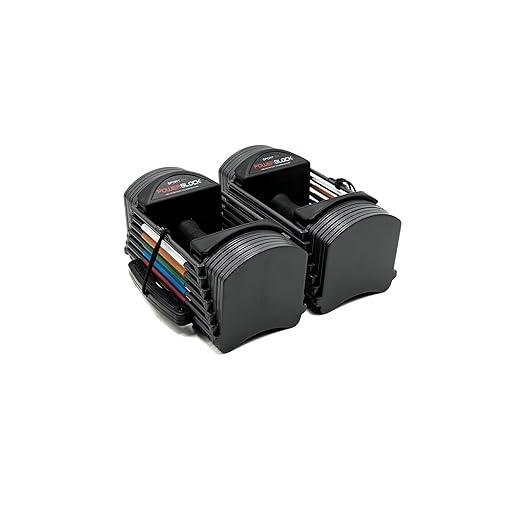


Maximize Your Workout
Step-by-Step Guide to Troubleshooting and Repairing Your Adjustable Dumbbells
With these steps, you’ll be able to keep your adjustable dumbbells in great shape and ready for your workouts! Happy lifting!

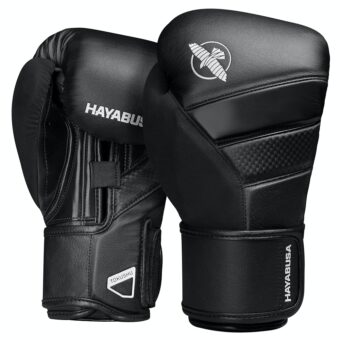

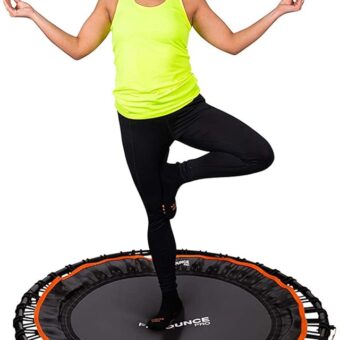
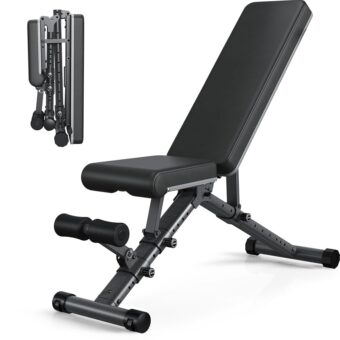

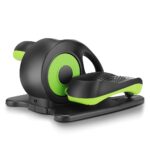

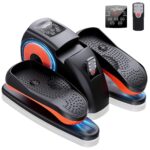
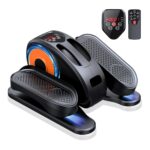
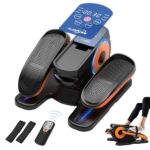
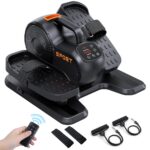
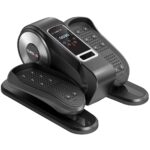
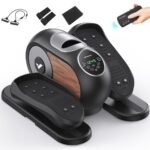
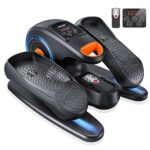
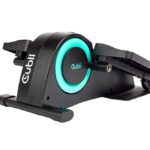
I’ve been using my Norditrack Select-A-Weight dumbbells for a while now, and I want to take my workouts to the next level. Any advanced tips on adjusting the weights for different exercises? Like, do you suggest changing weights more frequently for compound lifts versus isolation exercises? Hit me up with your pro tips!
Great question! For compound lifts, I recommend adjusting weights based on your ability to maintain form. It’s often better to increase weights in smaller increments to avoid injury. For isolation exercises, you can be a bit more aggressive with weight changes since they usually require less stabilization. Just listen to your body and adjust accordingly! Happy lifting!
Hey everyone! I just wanted to share that I have a Bowflex SelectTech 552 dumbbell and I found a slightly different way to unlock the weight mechanism. Instead of using a flat surface, I found it easier to do it on a carpet. It helps stabilize the dumbbell better. Anyone else tried this? What are your thoughts?
I followed the guide, but when I got to the unlocking part with my PowerBlock dumbbells, I felt like I was going to break them! The mechanism was super stiff, and I couldn’t figure out if I was doing something wrong or if it’s just really tight. Anyone else had this problem? How did you manage to unlock yours without damaging it?
Hey! It sounds like you might just need to apply a bit more pressure while twisting the knob. Sometimes the mechanisms can get a bit gunky over time, so giving it a clean can help too. Try using some silicone spray on the joints—just a little should do the trick! Let us know how it goes!